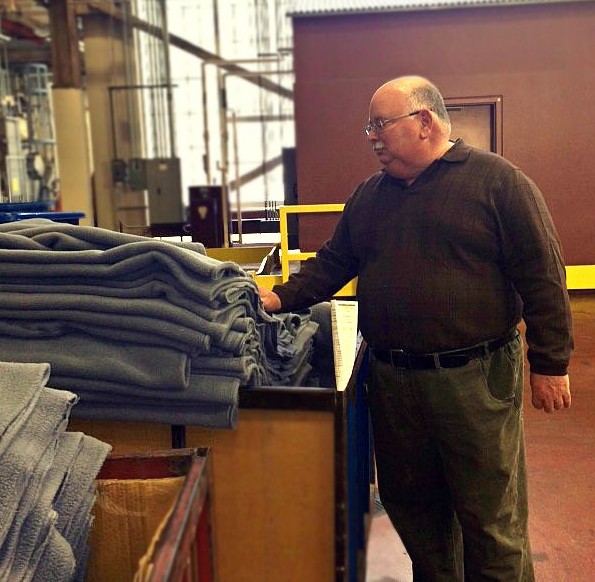Control Textile Quality with Dyehouse Standards
The textile industry’s market always seeks out new finishes and brighter shades for treating fabric. With new product developments in chemicals and colorants, it also places new demands on finishing and fastness processes. To have better wicking properties, higher light fastness properties, colorfastness, and piling properties, it’s not only the products that need to improve, but also the efficiency of the textile manufacturing processes. Without both, we will not produce quality fabric. Becoming aware of all operational factors, we can guarantee the quality fabrics the industry demands.
Changing Color in the Dyehouse
Even with color changes from season to season, there comes a change in production for the dyehouse. When matching colors among suppliers, not all dyes are created equal. We must test every process in the dyehouse to ensure the results at each stage are concurrent with what we’re expecting.
High heat, napping, and finishing applications all occur at many stages throughout production. When the end product turns out duller than the original dye standard, we have to stop and evaluate where the divergence occurred. This isn’t always obvious. Color change can happen at each step: drying, pad chemical application, wet finishing, napping, shearing, final heat set, and final finishing. The same deviance can occur in fastness properties as well, and these can change in each process from chemicals or temperature standards.
To avoid this, we need to take samples from each operation to monitor the variations in shade. Process time, temperature, and speed should be repeated across operations. Equipment standards like consistent roller pressure on pads is also important. Here too, we’ll want to record the chemical pick up to ensure consistency. This level of monitoring will help maintain the same finish from lot-to-lot.
Keeping Things in Check
Be careful not to fall for common though processes that adversely affect your production:
Hotter is not always better.
Slower speeds do not mean better curing.
Sometimes, these factors work conversely. Lower temperature requires slower speeds in the frames. Higher temperatures need faster speeds through the frame. By maintaining the temperatures and speed throughout the process, you’ll be able to control these relationships to see the best finishes.
Pad pressure and chemical addition is also critical in color repeatability and fastness properties. It’s another area you should closely monitor and collect data to make sure you’re on track with your quality goals.
By taking steps towards maintaining quality during operations, it will make it easy to establish and reproduce the correct standard for the finished product. Maintaining standards in all areas helps with the quality process.
Select the right dyes and chemicals for the right end result. Keep in mind not all matches or like-chemistries are created equal when it comes to production factors.
Maintaining a “right the first time” concept in the plant operation will help in ensuring you’re monitoring production at all levels. This will allow you to supply your customer with the high quality fabrics they (and the market) expect.


